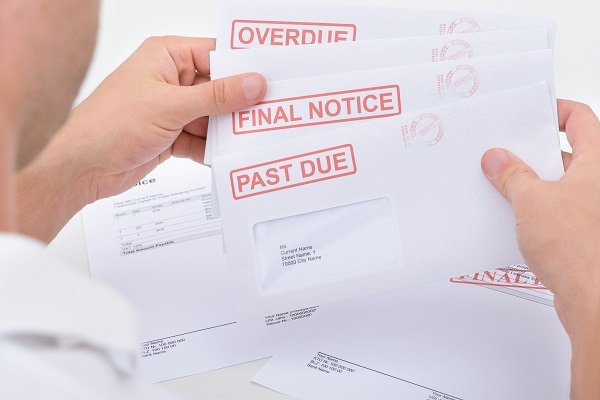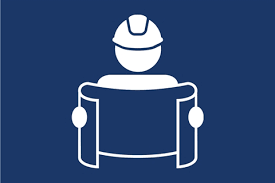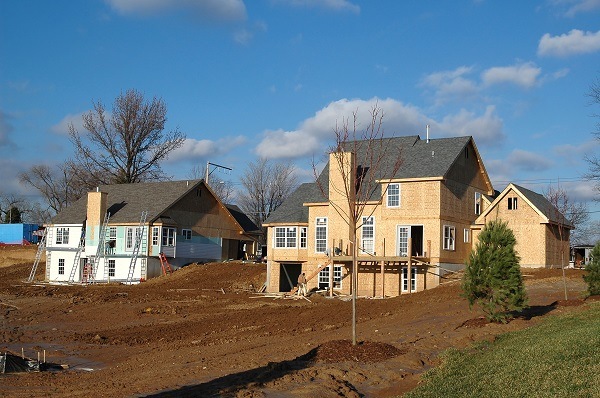A Mechanics Lien is a legal device designed to protect unpaid contractors, subcontractors, laborers, and/or materials suppliers who work on construction projects at privately owned homes, offices, or other facilities. When a contractor performs work on a property, if they are not paid in the manner in which their contract requires, they are permitted to place a lien on the property for the amount of their outstanding invoice. This lien is a cloud on the title of the property (which can make it difficult to refinance or sell the property) and gives the contractor the right to foreclose on the property in order to collect the payment owed to them.
In practice, Mechanics Liens are a little more complicated and the exact mechanism varies from state to state. This blog will only discuss issues related to Mechanics Liens in California. Working on a private project in the state of California means that there are certain rules around filing timeline and waivers that must be followed.
California Mechanics Lien Timeline
In California, a Mechanics Lien is triggered by, and requires a 20-day Preliminary Notice in order to be valid and collectible. As a contractor, it is a good practice to serve this notice within the first 20 days of the start date for a project in order to preserve your right to file a lien. This notice lets the owner, lender, and general contractor know that you are working on the project, and could potentially file a lien if you are not promptly and properly paid.
Mechanics Liens cannot be filed until either all the work that was contracted for is completed or until you no longer have the ability to work on the project (for example, the project has been shut down or you have been terminated). Any liens recorded before you complete your work are considered premature and invalid.
Once the work is complete, the owner has the opportunity to file a Notice of Completion, which must be filed within 15 days of project completion. The Notice of Completion serves to tell all parties with potential Mechanics Liens that the owner believes all work on the project to be completed, and also reduces the amount of time that a direct contractor has to file a Mechanics Lien from 90 days to 60 days, and a subcontractor or materials supplier from 90 days to 30 days. Homeowners must properly serve any contractor that sent a Preliminary Notice to the homeowner.
All direct contractors should have lien release forms in order to protect the owners with whom they are contracting, and should make sure that upon completion of a subcontractor’s scope of work at a project, signed conditional releases are received in exchange for payment. All contractors (and owners) should be mindful of the project timeline, the filing deadlines, and managing the required paperwork on every project.



